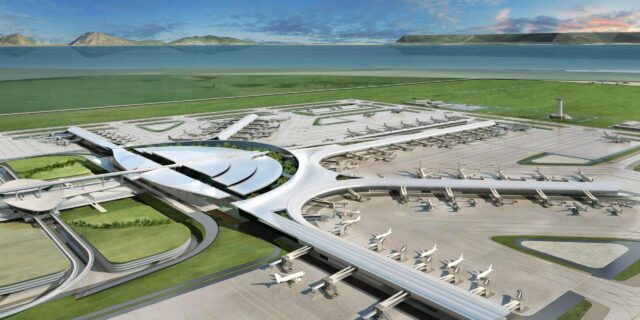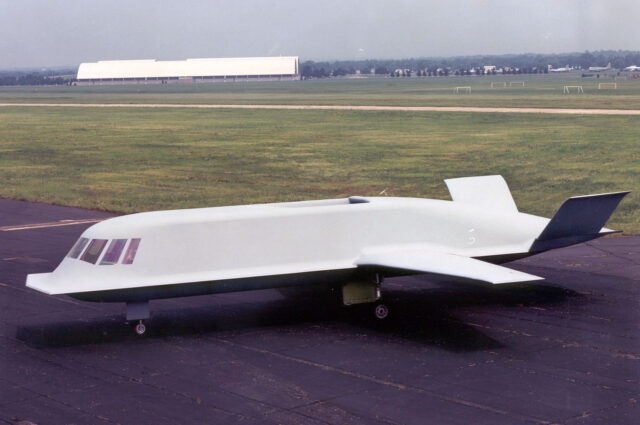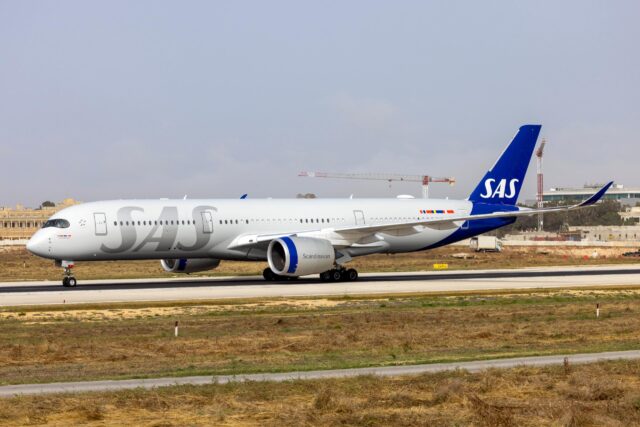Elixir’s Part-23 certified trainer aircraft uses competitive sailing tech to cut weight, cost and emissions

August 5, 2025

French aircraft manufacturer Elixir Aircraft celebrated the granting of FAA Part-23 certification during EAA AirVenture in Oshkosh.
FAA Part 23 certification allows Elixir Aircraft to legally manufacture and sell its aircraft for commercial use, including flight training, opening up a key market for the manufacturer.
This comes five years after Elixir was granted EASA CS-23 certification in 2020.

The company has delivered more than 35 aircraft to European flight schools and secured over 300 orders and letters of intent from customers in both Europe and North America.
The Part-23 aircraft built from just nine parts
New training aircraft are, and will be, in demand over the coming years. Elixir Aircraft hopes it can bring the edge with an ultra-modern, highly efficient and low-maintenance proposition.
Core to the cost efficiency of the Elixir is its monocoque construction, something the company calls Carbon OneShot. This proprietary structural technology lets the manufacturer create large, integrated aircraft structures in a single moulding step, reducing airframe components from the usual thousands to just nine:
- Fuselage core (including cockpit structure)
- One-piece wing (also acting as spar, housing fuel cells)
- Horizontal stabiliser / tailplane
- Rudder
- Left aileron
- Right aileron
- Left flap
- Right flap
- Canopy frame (providing overhead structural support)

This radically simplified structure means the aircraft is lightweight, structurally strong and aerodynamically efficient. Fewer parts mean lower maintenance, and potential failure points from fatigue and corrosion are reduced.
This manufacturing technique has its grounding in competitive sailing, where world-class racing yachts like the IMOCA 60 Class rely on carbon fibre monocoque hulls to deliver performance and strength.
Arthur Léopold‑Léger, Elixir Aircraft’s co‑founder and CEO, has a background in performance yachting, having competed in the Mini Transat 6.50, the solo transatlantic yacht race known for its extreme technical demands.
🚨 @Arthurleopold ne navigue plus que sur un seul safran.
— Mini-Transat La Boulangère (@MiniTransat2019) November 3, 2017
+ d'infos ➡️ https://t.co/p0VcTdn24a#MiniTransatLaBoulangere#EnRouteVersLeMarin pic.twitter.com/hMOtEGr1YM
His experience sailing and building Mini Transat prototypes taught him the performance advantages of single-piece composite hulls. Applying that knowledge to aviation has allowed the company to develop this highly efficient aircraft.
Tackling the pilot shortage with a ‘gamechanging’ aircraft
The role for the two-seat Elixir aircraft is clear. While there may be some purchases from individual aviators or businesses, the target market for this aircraft is firmly flight schools.
“This is a training aircraft dedicated to training all the new commercial pilots the industry needs,” Elixir chief marketing officer, Cyril Champenois, told AGN in 2019. “It will be cheaper, easier to maintain, and more versatile; you can do all missions with it.”
Boeing’s latest Pilot and Technician Outlook forecasts a need for 30,000 pilots a year, but many are put off from joining the industry because of the high costs of training. Elixir believes it can solve this problem by making training flights cheaper to operate.
“One of the reasons for the pilot shortage is because of the training aircraft, which are old, obsolete and expensive to operate”, says Champenois, speaking to AIN at the Paris Air Show. “Going from 38 litres per hour in a standard training aircraft to only 12 litres in ours, that’s a game changer for operating cost and CO2.”
Elixir says its aircraft delivers a reduction in CO2 emissions of around 70% compared to traditional trainers. That’s partly down to the OneShot carbon fibre construction, but also a product of the design and propulsion.

The aircraft uses a Rotax 912iS (100 HP), fueled by unleaded gasoline, which is cheaper and less environmentally damaging. It’s housed in an airframe that was designed using CATIA (Computer Aided Three-dimensional Interactive Application) for optimal drag reduction.
The reduced drag, combined with an MT-Propeller three-bladed tractor propeller, solves another problem for flight training schools: noise. The three-blade prop changes the sound signature, leading to lower perceived noise, while shorter blades mean lower tip speeds, further driving down acoustic disturbance.
















